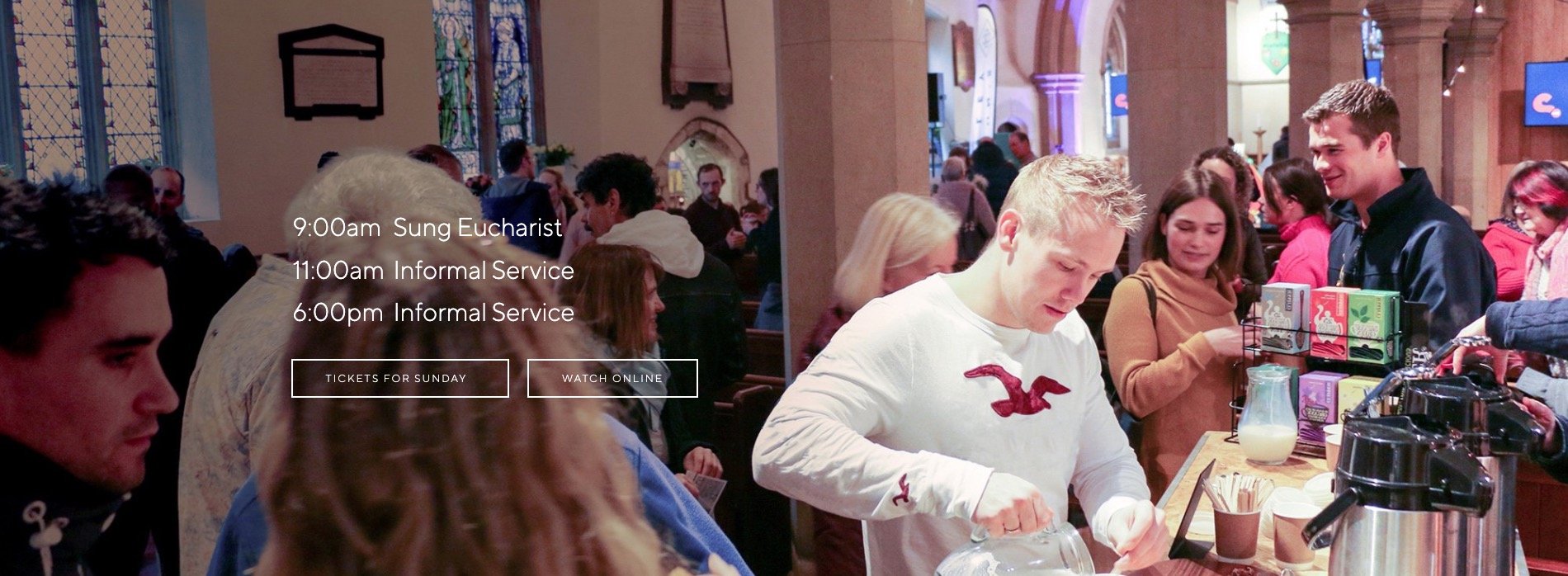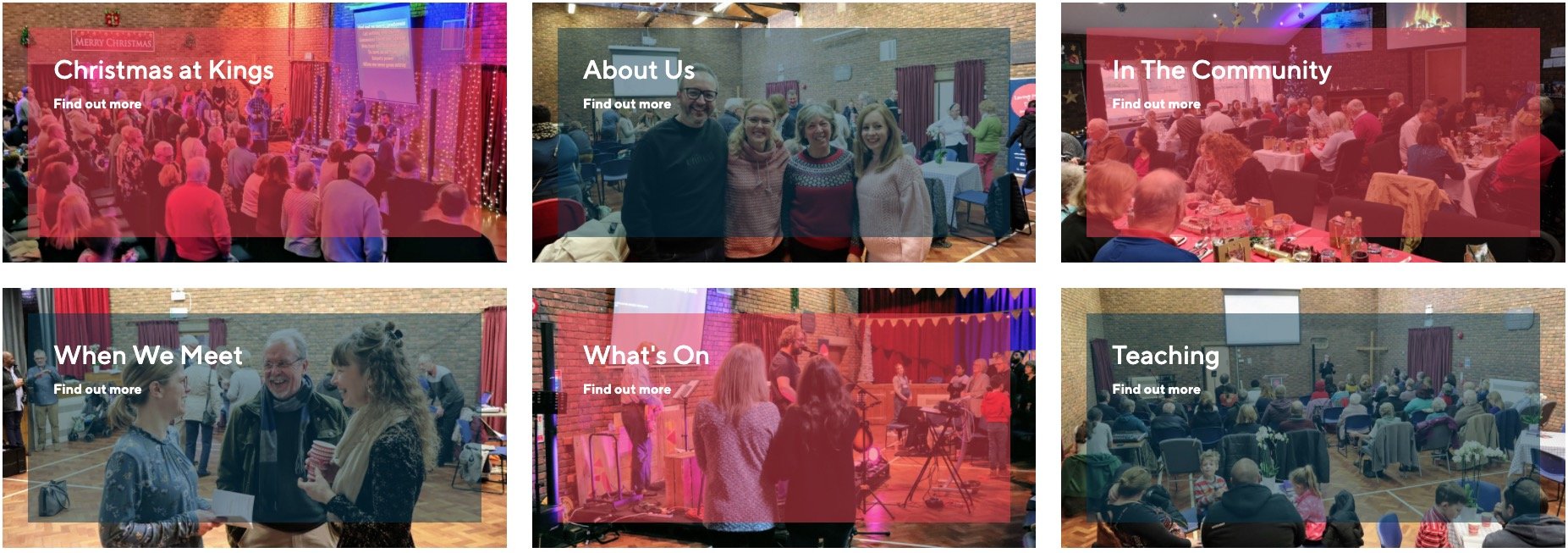What Now For Churches? An Opportunity For Growth
Two years ago the plight of the church seemed like doom and gloom. A survey by the British Social Attitudes (BSA) in 2018 found that 52% of the public said that they did not belong to any religion, with one in four people declaring themselves as atheist, and indeed the Society predicts this trend will continue. However, the tragedy of COVID has encouraged the nation to think again about their spirituality. Google reported a 30% rise in online searches for prayer and the Church of England attracted its largest congregation ever.
Since returning to my local church I am so encouraged to see new faces who found faith during lockdown. Alpha online proved to be an outstanding success as people encountered Jesus Christ in their living rooms! And even our latest combined online/live Alpha bore fruit, which is just amazing. However, what can the church do to engage with a society still reeling from the impact of COVID and meet the spiritual void that is under threat from the world?
Ensure that your website is responsive
One of the things that happened as a result of lockdown was that the use of the internet increased dramatically, with adults spending 25% of their waking hours online (Ofcom). At Church Pages we saw a significant increase in the number of visitors to each of our churches' websites, sometimes by 500%. We also had numerous reports of how churches engaged with new people via their sites and YouTube, and indeed some churches continue with live streaming their services to reach a previously untapped mission field.
Conversely, we were also contacted by churches during lockdown because they felt that their unresponsive website was hampering their efforts to reach their local community. Today's generation relies on the phone to find information, so having a responsive website is a must for taking the Gospel to today's society to fill the spiritual void.
Ensure that your website engages your web visitor immediately
As a company that designs and builds eCommerce websites for commercial customers, we understand the importance of having an engaging, and easy to navigate website, where visitors are quickly and effortlessly given the information that they are looking for. These universal principles can be applied to church websites by ensuring that:
1. Know your target demographic and what their needs are.
If you don't know the demographic of your local community then it is important that you find this out before you start creating content for your website. This information can be easily found online e.g. Atlas Demo, and the Office of National Statistics will be releasing information shortly from the 2021 Census.
Then you want to ask yourself what other needs apart from spiritual that your community might have. Here I would suggest that it's worth considering actual needs rather than just perceived needs. Talk to your congregation, chat with the District Council, local schools, GPs, health visitors, district nurses, PCSOs, and any other agencies that you think could give you an insight into your area.
Once you have an idea of who your audience are, and their potential needs (besides coming to faith!), ask yourself "Why would someone be visiting our website, and how can we meet their needs?". It is likely that your website will want to address those outside of the church as well as your members, so consider this question for both parties to help you decide not only the hierarchy of the home page, but also the website itself.
For example, if you have a large demographic where English is not their first language then they may well benefit from receiving English lessons. Or if there is a new estate being built with family homes then perhaps a parent and child group would help those new to the area to meet new friends and have a soft introduction to your church.
With all activities consider how these can be used to introduce people to the Gospel.
2. Make your home page relevant, user-friendly, and engaging.
Now that you know what information you are trying to get across to your web visitor remember that your visitor will make a decision about your site in less than 50 milliseconds. So make sure that it is visually impactful with welcoming images reflecting the heart of your church. The images should also reflect your demographic and hopefully resonate with them. The home page is primarily a tool for your website to tell a site visitor who you are and also to encourage them to explore your website further. There should never be a lot of text on the home page. More in-depth information should always be on other pages in the website and simply linked to from the home page.
Once you know what to put on your home page, thought should be given to how best to display it. For example, if you want to let site visitors know when your service times are on the home page, then using an image behind not only looks more engaging but also serves a dual purpose of letting visitors know, not only the service times, but also what they may expect at your church and less daunted at the idea of coming along. The example shown here was from St Johns Crawley where a young single parent said it was this image which helped her to feel safe about coming to church as she felt that the "people looked normal and welcoming".

The home page can also help people to navigate to other areas of your site which could be useful for them and again you can use these blocks to show images which represent your church and your church membership to help communicate exactly who you are, what you do, and how you can help those who are asking questions. An image can tell a story of a thousand words in less than a second and has the strength of being able to convey emotion and the heart of your church in a single glance. The example below is from King's Church, Iver where you can clearly see how vibrant their church is, together with the kinds of events and community activities they host. There are also clear calls to action for a visitor to follow to find out more.

3.Make pages short and simple and avoid Christian Jargon
As the average reading age of adults is 9 years then make your content simple and in plain English. This is particularly important where you are offering help to those outside of your church, particularly in areas where English is often a second language. Avoid Christian jargon and explain what you mean when using Christian words, or phrases, as many people outside of the church won't know what you mean.
Where you are offering help e.g. food banks, bereavement courses, English lessons, drop-in cafés, parent and child groups, befriending etc. put the essential information in your opening sentence and then explain how you can help. Provide a "call to action" for people to respond to such as a phone number, email address, or contact form. Web visitors expect the web to be intuitive and so they should be able to scan your site, and find what they are looking for quickly.
Conclusion
The COVID pandemic highlighted the important role that church and Christians have to play in society. Many people were helped by their local churches, who met the needs of their community magnificently. Increased social action helped to put Christianity firmly back into the public arena, and gave the church the opportunity to be Jesus' hands and feet as they served their local area. Let's hope and pray that we all might respond to those in need around us, and bring Christ's love and hope into each and every situation.

